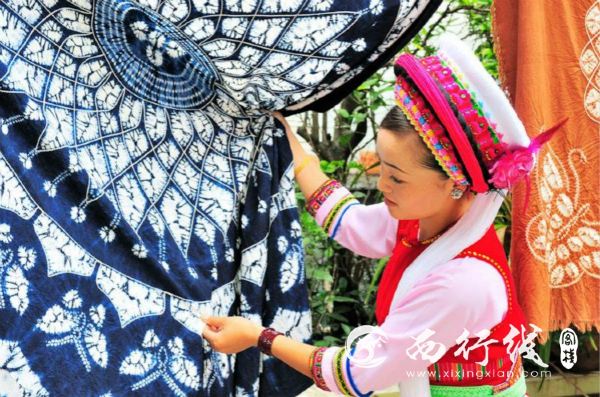The Bai people worship white, and think that they are pure, dignified, and detached. Therefore, no matter whether the clothes or the gates are white, but the blue sky and the geographical position of the Bohai Sea are connected to the blue, they are inseparable from each other. Therefore, it is not difficult to understand why the tie dye is from the hand. The combination of white and blue will be so beautiful.
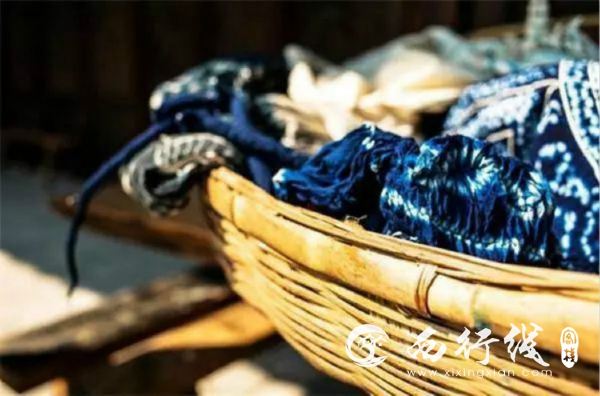
The Bai people are inseparable from tie dyeing, tie-dyed blue and white, and have been infiltrated through the millennium. The background color of the life of the Bai people.
Children who have died in the first generation need to be wrapped in a cloth dyed with gossip patterns; the shroud of the old man should be cut with seven or eight times of repeated dyeing, and the color is as dark as the black tie-dyed cloth; when the woman is married, the dowry will be dyed with tie-dye. Cloth clothes, headwear, bedding...
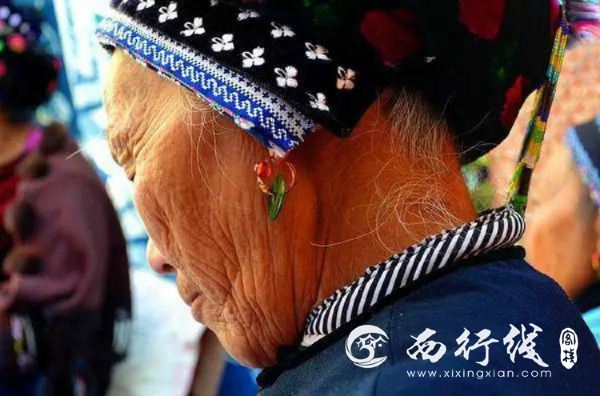
In the Dali Prefecture where the Bai people lived, the Bai ancestors knew how to dye them more than a thousand years ago. In the Tang Dynasty, especially in the Tang Dynasty, tie-dye has become a folk fashion, and tie-dye products have also been used as tribute to the emperor. The dyeing technique is secretly transmitted. Except for Xizhou Town and the neighboring area of Lushan Mountain, there is no tie dyeing. Compared with the surrounding dam, it is located in the
Zhoucheng Village on the bank of the Bohai Sea. The tie-dyeing technique and scale are the most famous. In the heyday, the village has “dyeing tanks and households dyeing and dyeing”.
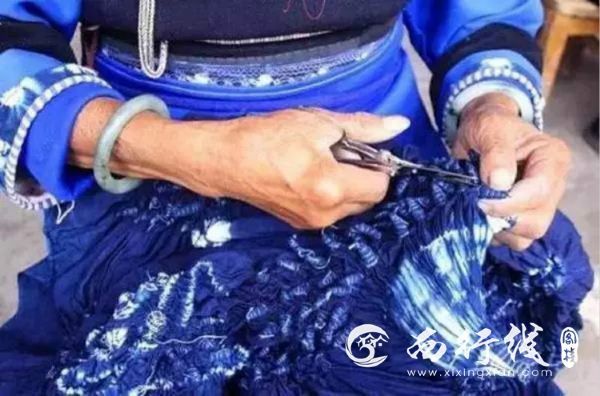
The dyes dyed by the Bai people are derived from natural plants such as indigo, radix isatidis, and mugwort grown naturally on Cangshan Mountain. The most is Banlangen. The Banlangen used to dye the cloth is wild in the mountains. Later, the amount of dyed cloth is grown on the mountain. The good one can grow to half a person and harvest every year in March and April. Dyes are made in pine barrels.
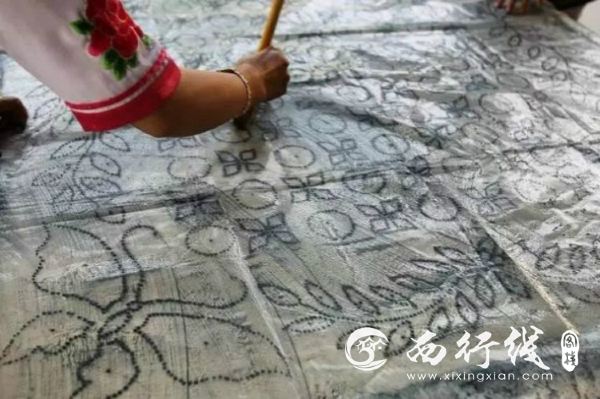
The dyeing material is pure white cloth or cotton and linen blended white cloth. When dyeing, use the painted part on the white cloth. The needlework is sewn together, commonly known as the tie flower. The cloth that is tied is called the crepe cloth. It is not colored when it is dyed into the dyeing tank. Because the boundary of the pattern is infiltrated by the dyeing liquid, the pattern produces natural halo, green and green, dignified and elegant, thin as smoke, light and fragrant, and fragrant.
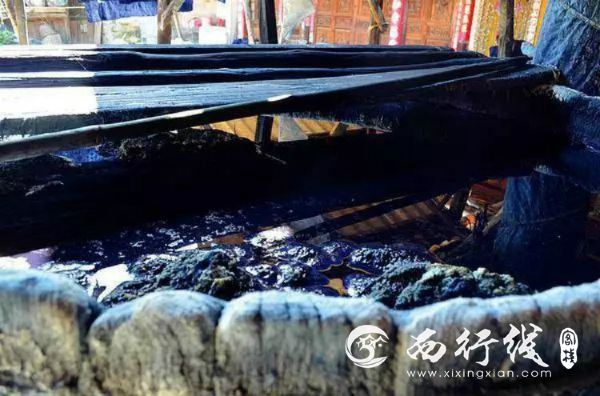
According to the artistic needs of the colors and patterns, the number of times of dip dyeing is also different. The blue cloth should be dyed 4 times, and the navy cloth should be dyed 6 or 7. The more blue the dye is, the deeper it is. The blue is better than the blue. This is probably the reason.
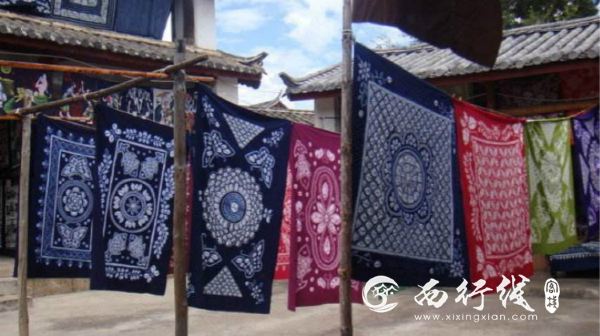
Every time you dip it, you don’t have to say it. Every time you dye it, you have to remove it and dry it. It takes a few days for the batch to be dyed. After drying and drying, the crepe should be disassembled and rinsed. Some faint infiltration will appear on the edges of the blue and white. The pattern will produce natural haloe and the color will be softer. After the flattening, a beautiful tie-dye cloth will become.
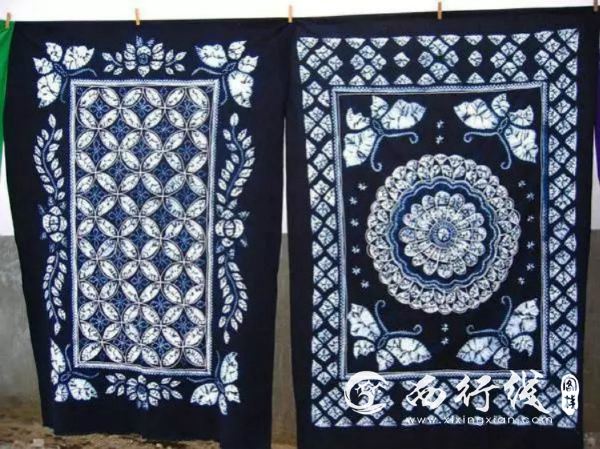
The Butterfly Spring at the foot of Cangshan is only one mile from Zhoucheng Village. At the edge of the spring, "the trees are big and hug, and they stand on the cliffs. When the flowers are like butterflies in the beginning of April, they are like wings, and they are no different from raw butterflies. There are also real butterflies, and they must be hooked up. And the next, and the spring surface, colorful and colorful, five colors resolutely ..." The Bai people do not understand why the acacia tree flowers are like butterflies, and can also attract butterflies, so, perfuse the story of lovers like watering butterflies, Butterfly Spring is also People respect the spring of love. Among the patterns of Zhoucheng tie-dye, the most natural ones are the butterflies of different poses. There are both "white" and "butterfly". I think it should be a symbol of pure and loyal love...
